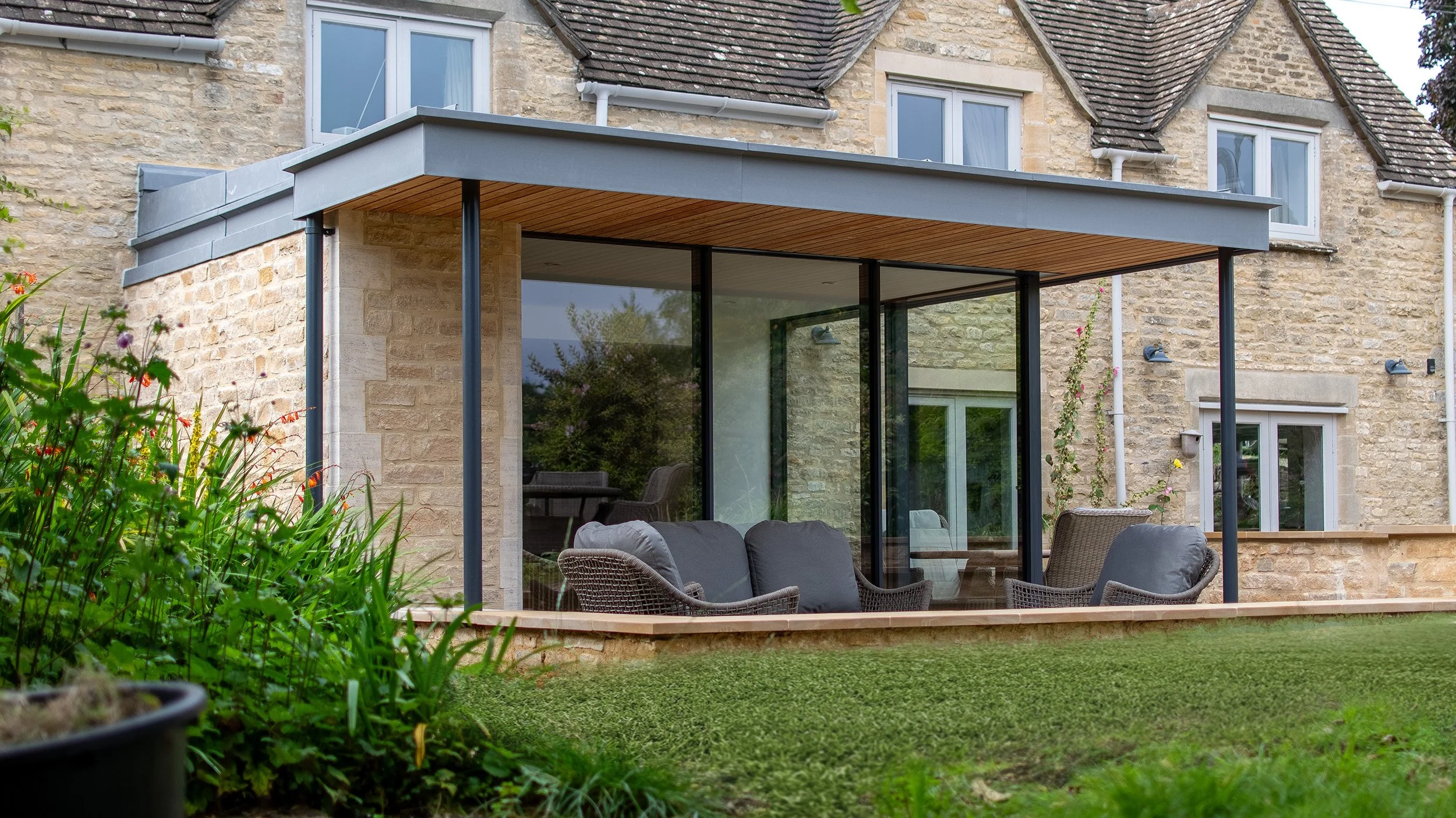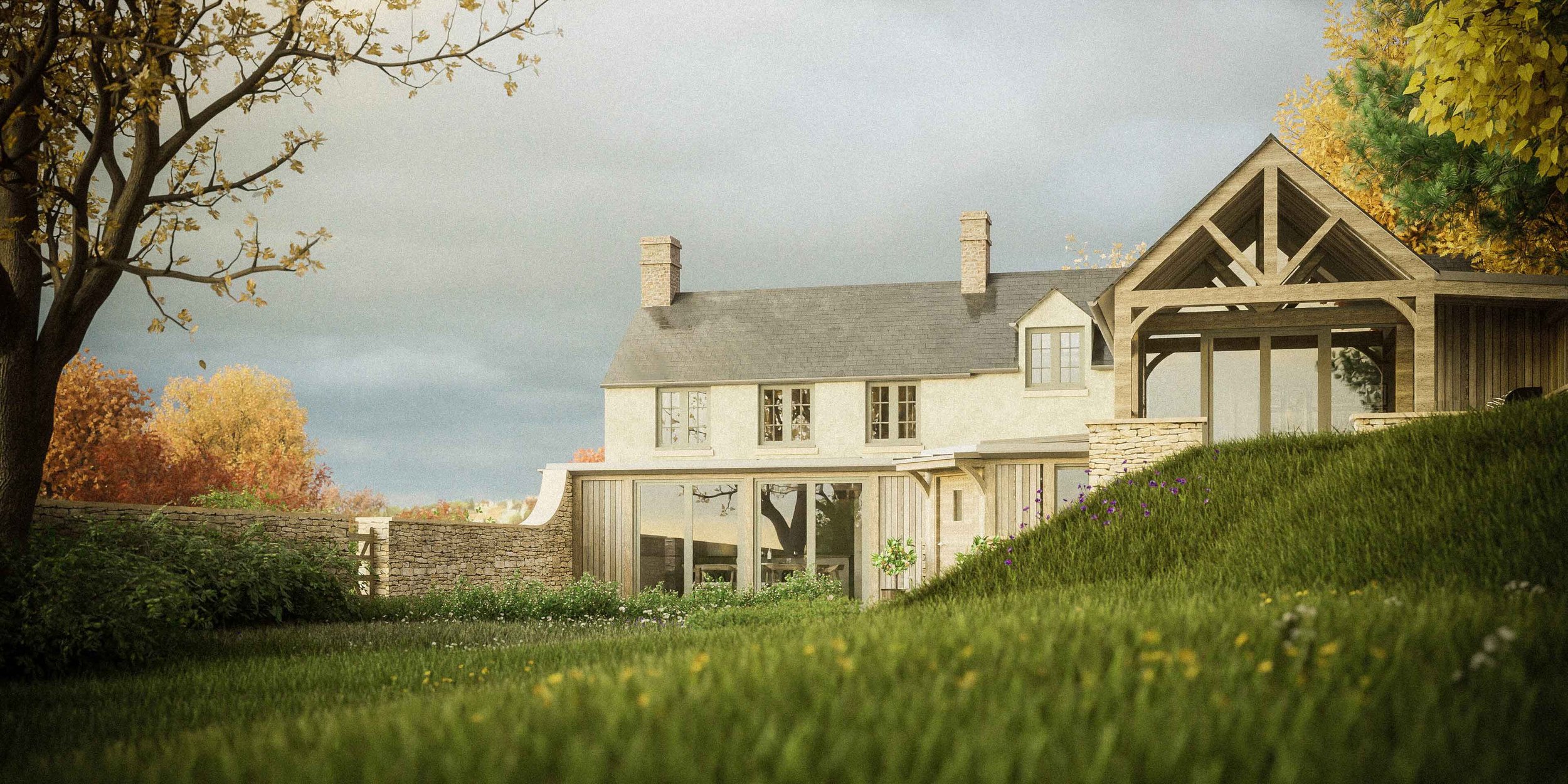Creative Design for Modern Living.
Joshua Hovey Architects is a Somerset-based architectural practice offering a high quality bespoke service.
Our work focuses on residential projects including new-build homes, passivhaus & sustainable design, contemporary extensions, listed building alterations, barn conversions and renovations. Joshua has an excellent track record of achieving planning permission within complex planning constraints such as AONBs, conservation areas and listed buildings.
Thoughtfully Designed Sustainable Homes
We help self-builders looking to design their dream Passivhaus or eco-home, and land owners looking to maximise the potential of their plot. We have a proven track record of securing planning permission within challenging design constraints such as conservation areas, national parks, AONBs and near listed buildings.
Transformative Conversions and Renovations
We are skilled at working with the challenges of existing buildings whether a barn conversion, townhouse or cottage. We know how to rearrange your space to create a beautiful and functional home, even within complex design constraints. Let us help you to make the best use of your existing building.
Sensitively Crafted Listed Building Alterations
Do you have a listed building or period property which lacks natural light, feels disconnected from the outside and has poor flow between living spaces? We are experts at turning period properties into functional homes, customised for modern living.
Simple and Stylish Contemporary Extensions
We design beautiful contemporary extensions. Transform your living space by bringing in natural light, improving the connection with the outdoors and creating harmony between spaces.
Conservation Architects Bristol | Joshua Hovey Architects
Key Considerations When Planning Work to a Period Property in the Bristol Area
Understanding Conservation Regulations
When planning work on a listed or period property in the Bristol area, understanding conservation regulations is essential. Bristol is home to numerous historic and listed buildings, each protected by specific regulations designed to preserve their heritage. Conservation architects must be familiar with guidelines from Historic England and local conservation officers, ensuring that any alterations or repairs respect the property's historical significance and comply with legal requirements.
Preserving Historical Integrity
Preserving the historical integrity of a listed or period property is a fundamental consideration for conservation architects in Bristol. This involves maintaining original architectural features, such as period details, materials, and craftsmanship. Any work carried out should aim to repair rather than replace, using traditional methods and materials where possible. By carefully restoring and conserving these elements, architects help retain the property's historical value and character.
Integrating Modern Functionality
While preserving historical features is crucial, integrating modern functionality is also important. Conservation architects in Bristol need to balance the need for contemporary amenities with the requirements of preserving a property’s historic character. This might involve discreetly incorporating modern systems such as heating, lighting, and insulation, ensuring they do not compromise the property's historical aesthetics or structural integrity.
Addressing Structural Challenges
Listed and period properties often come with unique structural challenges due to their age and construction methods. Conservation architects must assess and address these challenges, which may include dealing with issues such as subsidence, outdated building techniques, or deterioration of original materials. Ensuring that structural interventions are sympathetic to the building’s original design is crucial for maintaining both safety and historical accuracy.
Navigating Planning and Consent Processes
Obtaining the necessary permissions and consents is a critical step when working on listed or period properties in Bristol. Conservation architects must navigate the planning and consent processes, which include submitting detailed proposals to local planning authorities and conservation bodies. This process ensures that all proposed works are in line with conservation policies and receive the appropriate approvals before any work commences.
By focusing on these key considerations, conservation architects in Bristol can effectively plan and execute work on listed or period properties, ensuring that historical integrity is preserved, modern functionality is seamlessly integrated, structural challenges are addressed, and all necessary permissions are obtained.











